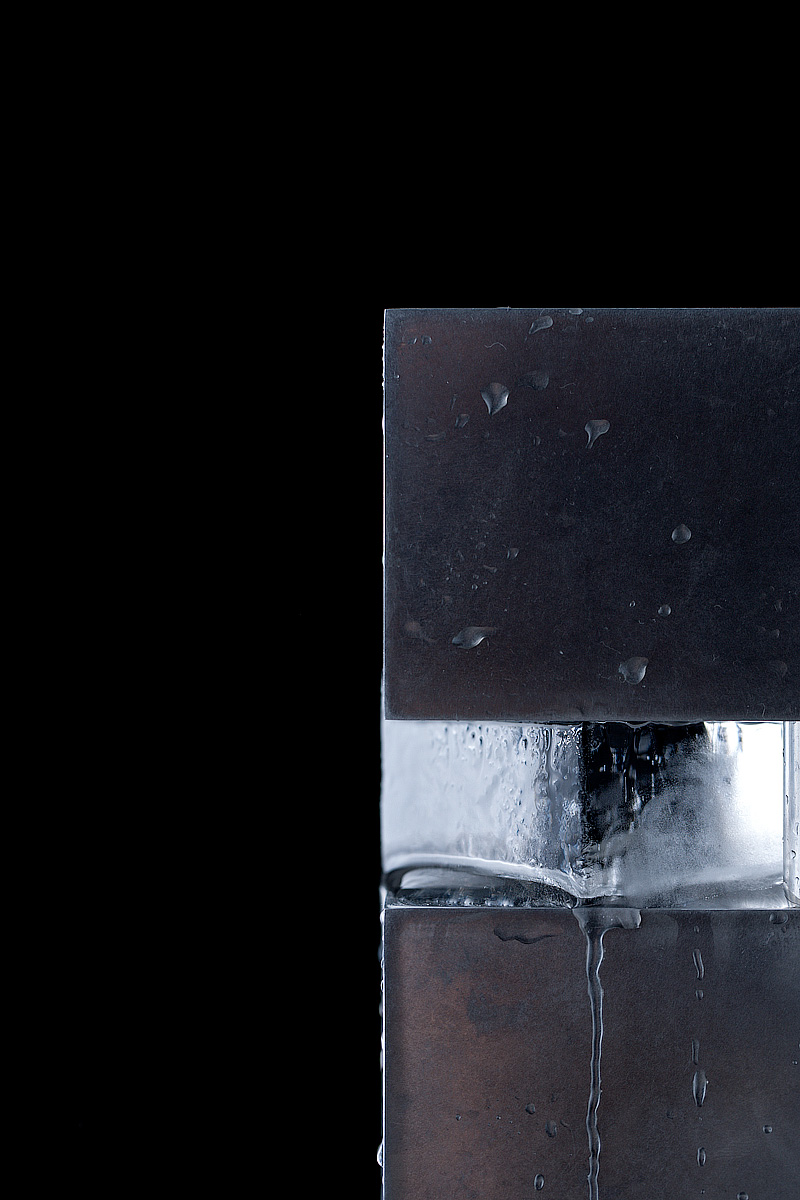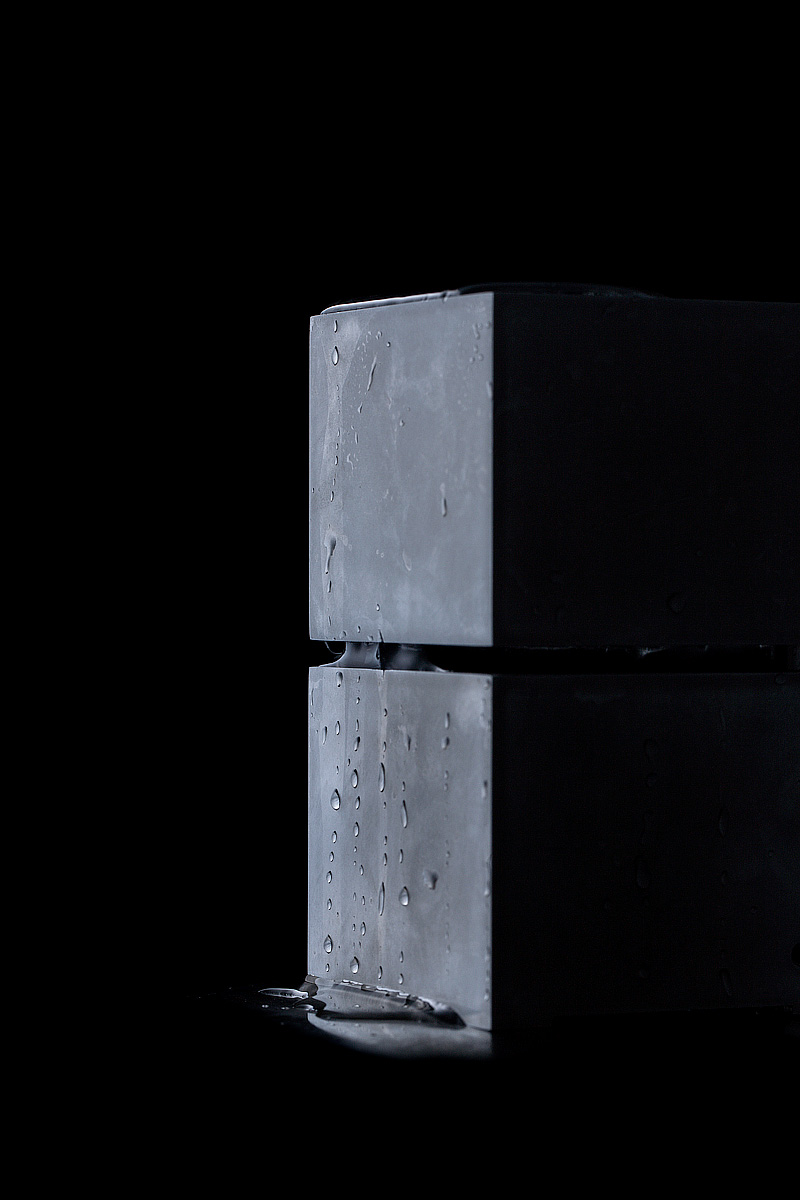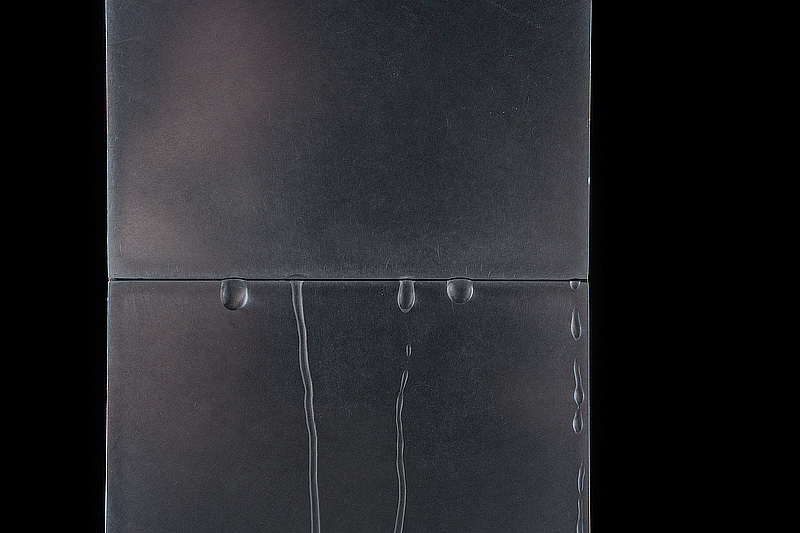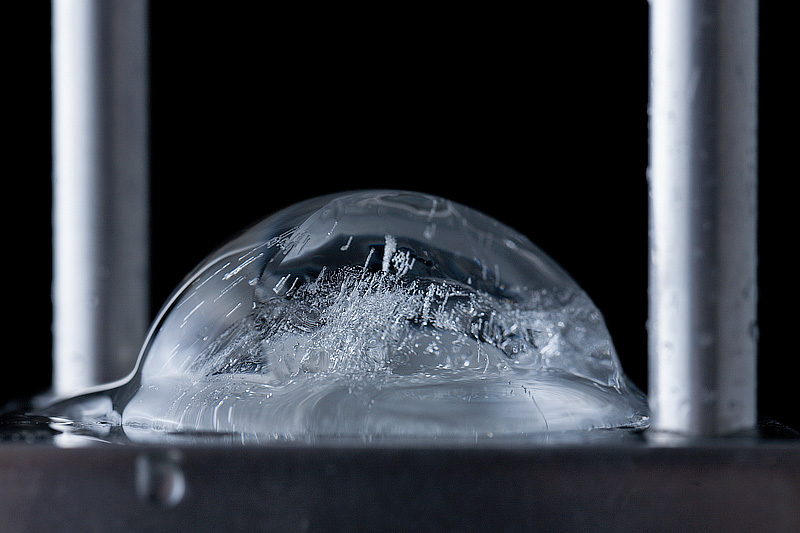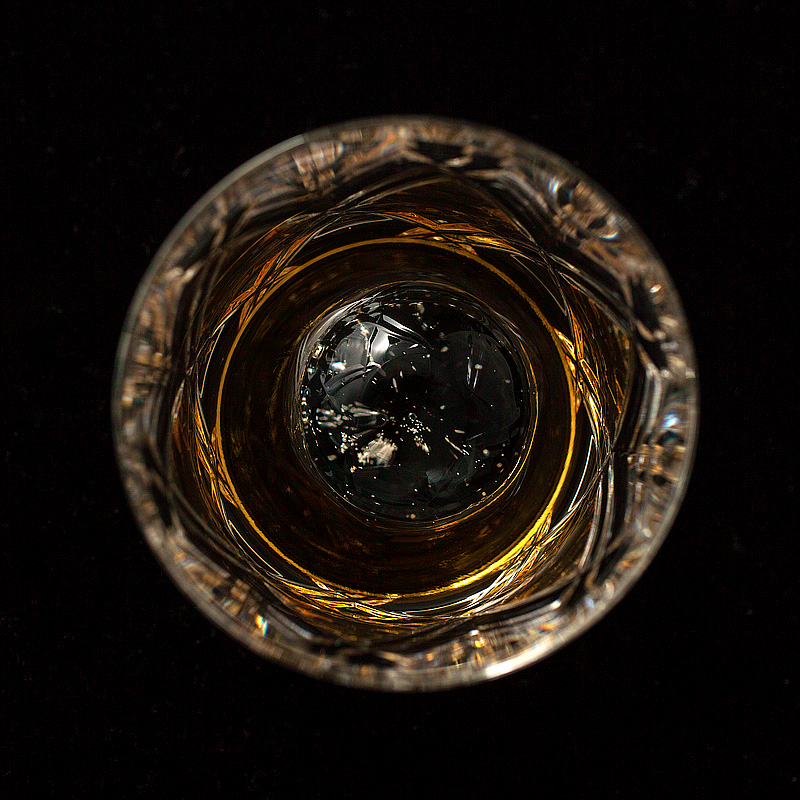Several years ago, a friend at work showed me a rather incredible device used to shape blocks of ice into perfect spheres. The device looked remarkably low-tech and simple: two heavy chunks of anodized aluminum with a hemispheric cavity in each were separated and a square of ice was placed on the bottom piece. The top piece was hefted into place, and immediately the ice began to melt.
The rate at which it melted was stunning. I supposed surely the thing must be heated; there was no cord extending from it, but I assumed a battery must be hidden in the device’s hefty halves. My friend assured me that this was not the case, however. It was the thermal mass of the aluminum — and this alone — that was doing the work. Initially at room temperature, the aluminum frosted slowly as the ice melted, expertly and efficiently transferring heat energy away from the frozen ice as quickly as an aluminum pot on a stovetop responds to flame. It was pure physics at work in a magical way.
I totally fell in love with the thing, and immediately hopped on the interwebz to check into buying one for myself. These devices, often called “Ice ball makers”, struck me as exorbitantly expensive though. A small one costs several hundred dollars, and larger ones can cost several hundred more. My adventures learning about machining several years ago left me with a high confidence that I knew how these things were made, and so I sort of scoffed to myself “Well, I could do that,” a sentiment that tends to get me in more trouble than not.
This thought stuck in my head for several years, backburnered in favor of other projects. It wasn’t until this past Christmas that it was thrust squarely in front of me, in the form of a small peculiar package given to me by my friend Erik, who had recently come into possession of a CNC mill. “Some assembly required“, the tag on the package read, and inside was this:

I knew immediately what it was. I’d mentioned this thing to Erik months before, and he agreed that making one of these was far easier than the price of these things suggests it should be.

Erik created a parameterized model of our ice ball maker using Autodesk Fusion 360, a CAD/CAM package that allowed us to export g-code directly from the software into the controller for his mill. We spent several weekends squaring up the sides of the halves, hollowing hemispheres from each of them, and boring holes into the corners to offer a ‘track’ for the top half to ride along as the ice melted.


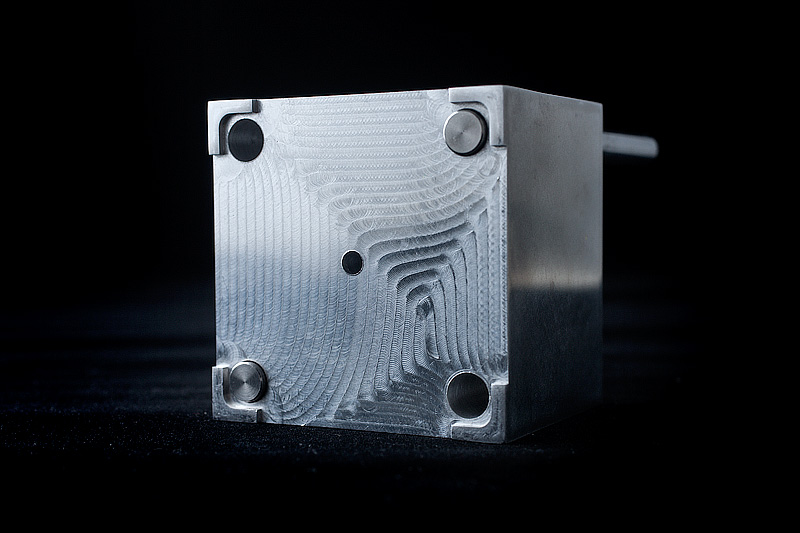
When the machining was complete, we both had functional melters that worked as well as we’d hoped. We milled small feet into the bottom and drain holes in both halves to help melting water evacuate the central cavity more quickly.

I absolutely love finishing products; I love sanding woods and metals because of the lovely tactile quality they take on. Freshly-sanded or sandblasted metal has a waxy, silky quality that feels magically soft, which is fascinating to me. To finish my melter, I brought it home and worked it through several grits of sandpaper with a random orbital sander.
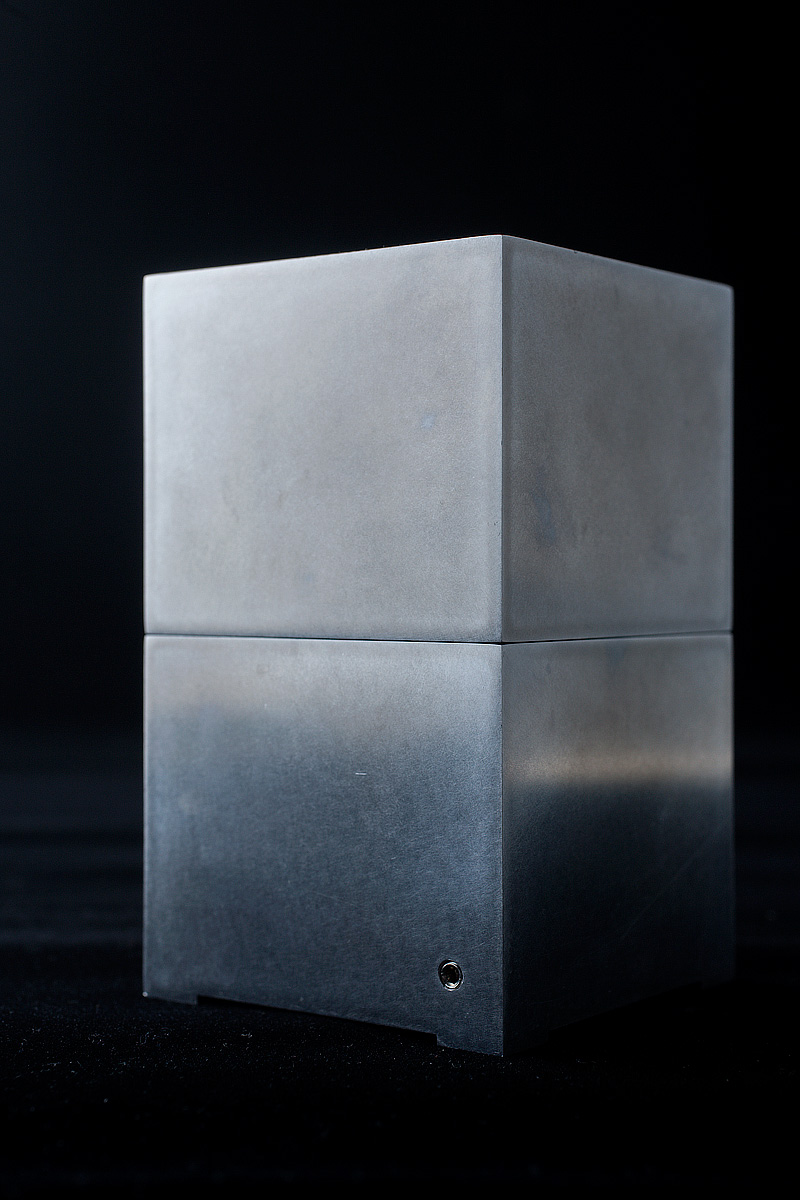
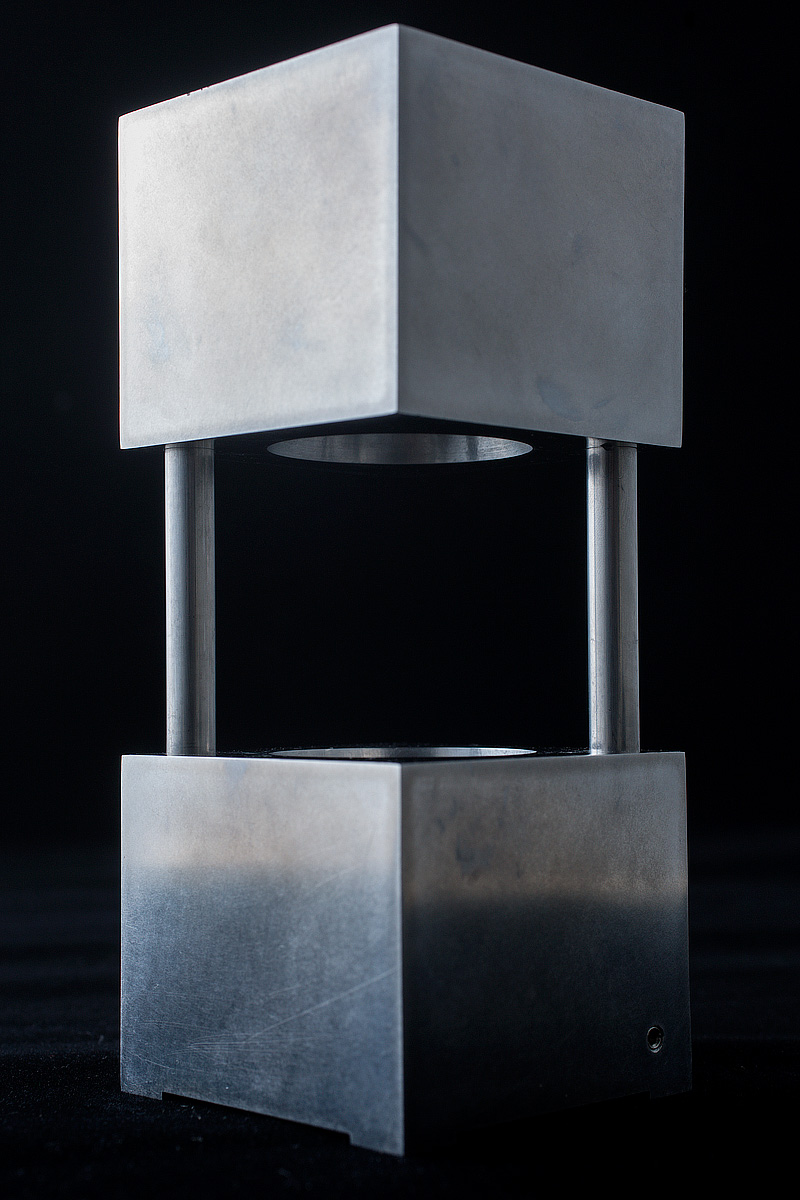
Once done, I rubbed it with wax, then melted a whole bunch of ice into spheres, which was…incredibly satisfying.
